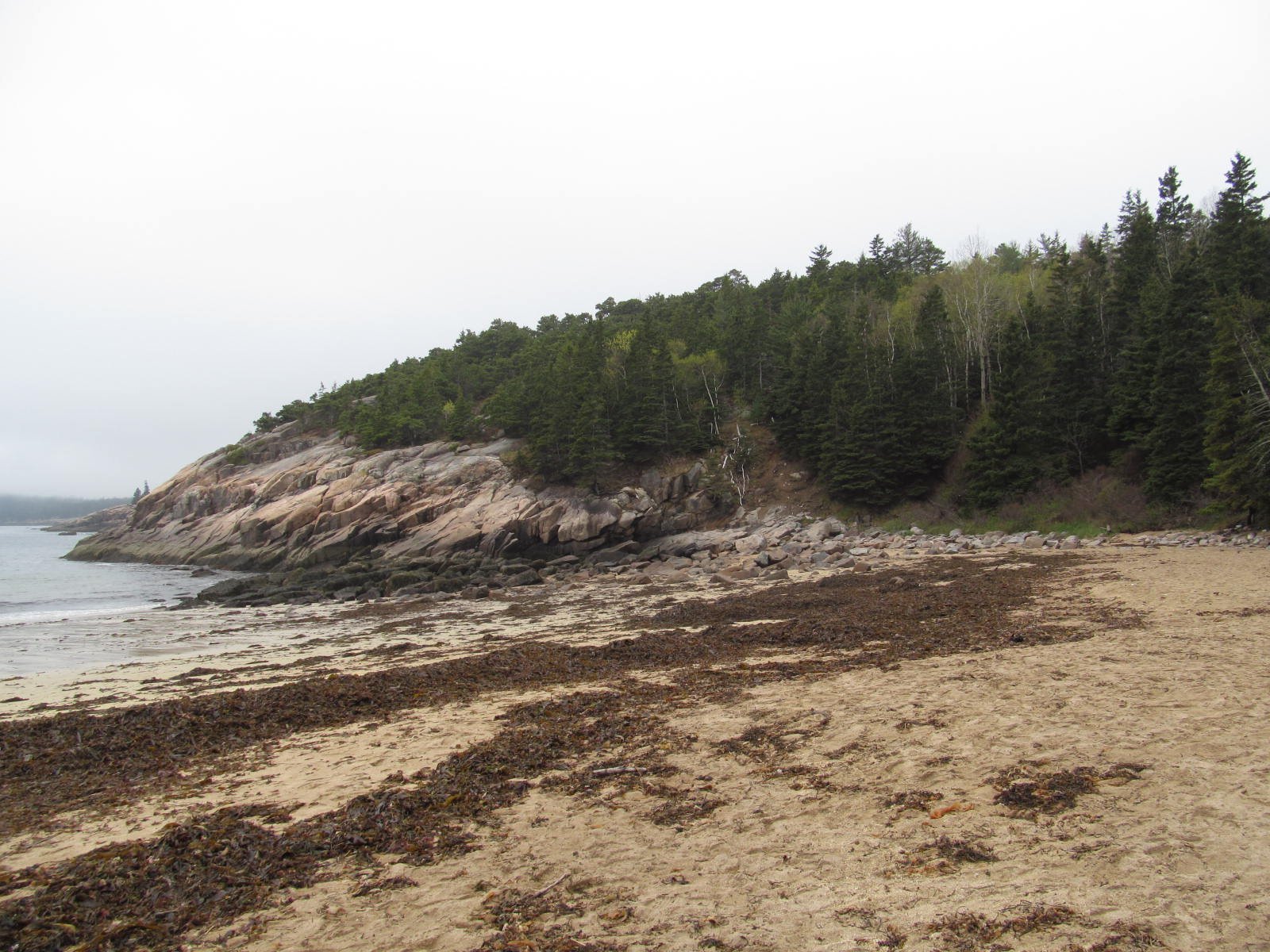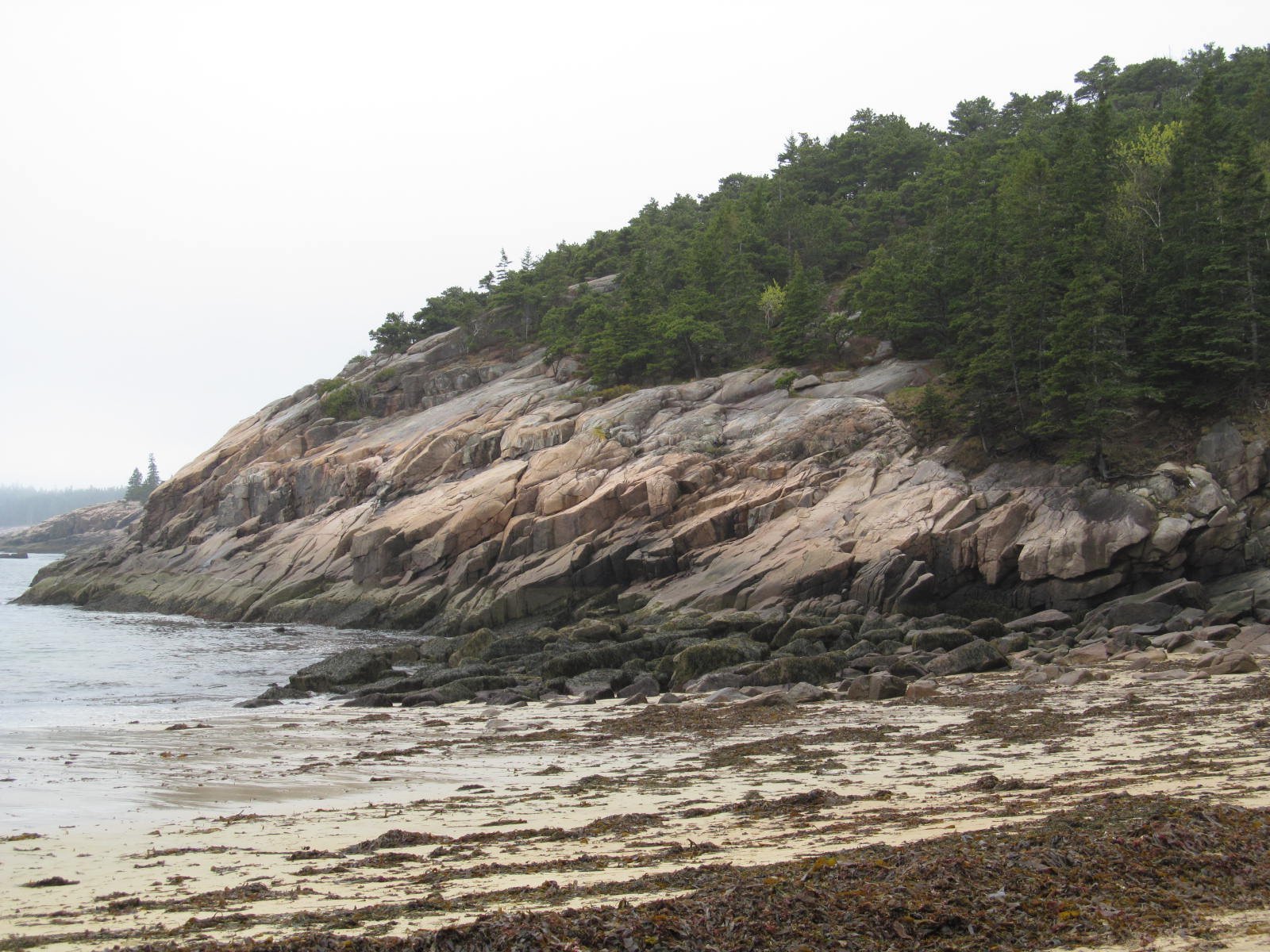Acadia National Park hiking conditions vary significantly throughout the year, with seasonal changes affecting trail accessibility, surface conditions, and overall hiking experiences. Late fall and winter months bring unique challenges, including trail closures, icy surfaces, and early darkness. Hikers must be prepared for changing weather patterns and potential hazards. This guide provides crucial information on current trail conditions, weather updates, and essential resources for a safe and enjoyable hiking experience in Acadia National Park.
What Are the Current Trail Accessibility and Surface Conditions?

As of late November, several trails and roads in Acadia National Park are subject to closures and hazardous conditions:
- Park Loop Road: Closed from December 1 to April 14, with potential earlier closures due to winter weather. The ‘Lower Mountain Road’ section is currently closed for maintenance.
- Unpaved Roads: Typically closed from November 15 to May 14 for motor vehicle traffic.
- Jordan Pond Access: Closed via Route 3 and Jordan Pond Road from December 1 to April 14. A short section near Jordan Pond remains open year-round.
- Trail Closures: Some trails, like the Bubbles Divide Trail, may be closed for repairs.
Potential Hazards
- Icy and snow-packed trails during winter months
- Early darkness limiting hiking hours
- Maintenance closures on certain trail sections
What Are the Current Weather Conditions in Acadia National Park?

For the most up-to-date and detailed weather information, it’s best to consult the National Weather Service or the park’s official website. However, here’s a general overview for late November:
| Weather Factor | Expected Conditions |
|---|---|
| Temperature | Daytime: Mid-30s to mid-40s°F (-1 to 7°C) Nighttime: Below freezing |
| Precipitation | Mix of rain and snow, increasing chance of snow later in the month |
| Wind | Moderate to strong, especially along the coast |
Where Can I Find Reliable Hiking Maps for Acadia National Park?
Hiking maps for Acadia National Park are available through several sources:
- National Park Service Website:
- Downloadable and viewable online maps
- Trail difficulty ratings
-
Distance and elevation profiles
-
Visitor Centers:
- Hulls Cove Visitor Center
-
Park Headquarters
-
Local Outfitters and Bookstores:
- In and around Bar Harbor
Maps typically include:
– Trail difficulty ratings
– Distances and elevation changes
– Loop and out-and-back trail configurations
What Information Can I Get at the Acadia National Park Visitor Center?
The Acadia National Park Visitor Center provides valuable resources for hikers:
Trail Conditions and Safety Guidelines
- Up-to-date information on trail conditions
- Closure and hazard notifications
- Safety guidelines and Leave No Trace principles
Ranger-Led Activities
- Information on scheduled ranger-led hikes
- Nature walks and educational programs
- Note: Winter programs may be limited
How Should I Prepare for Hiking in Acadia National Park?
Proper preparation is crucial for a safe and enjoyable hiking experience in Acadia National Park:
-
Check Weather Forecast: Always check the latest weather forecast before heading out.
-
Appropriate Gear:
- Wear layers suitable for changing weather conditions
- Sturdy, waterproof hiking boots
-
Traction devices for icy trails
-
Navigation Tools:
- Carry a physical map and compass
-
Download offline maps on your smartphone
-
Emergency Preparedness:
- First aid kit
- Emergency shelter
-
Extra food and water
-
Inform Others: Let someone know your hiking plans and expected return time.
What Are Some Popular Hiking Trails in Acadia National Park?
Acadia National Park offers a variety of hiking trails for different skill levels:
- Ocean Path Trail
- Difficulty: Easy
- Length: 4.4 miles round trip
-
Features: Coastal views, Thunder Hole
-
Beehive Trail
- Difficulty: Strenuous
- Length: 1.4 miles round trip
-
Features: Iron rungs, steep cliffs, panoramic views
-
Jordan Pond Path
- Difficulty: Easy to Moderate
- Length: 3.3 miles loop
-
Features: Scenic pond views, relatively flat terrain
-
Cadillac Mountain South Ridge Trail
- Difficulty: Strenuous
- Length: 7.1 miles round trip
- Features: Summit views, diverse ecosystems
Remember to check current trail conditions before attempting any hike, especially during late fall and winter months when conditions can be more challenging.
How Can I Minimize My Impact While Hiking in Acadia National Park?
To preserve the natural beauty of Acadia National Park, follow these Leave No Trace principles:
- Plan ahead and prepare
- Travel and camp on durable surfaces
- Dispose of waste properly
- Leave what you find
- Minimize campfire impacts
- Respect wildlife
- Be considerate of other visitors
By adhering to these guidelines, you help protect the park’s ecosystems and ensure a positive experience for all visitors.
Remember, Acadia National Park hiking conditions can change rapidly, especially during the transitional seasons. Always check the latest updates from official sources before your visit, and be prepared to adjust your plans based on current conditions.

